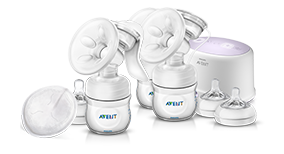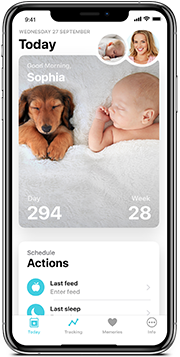How to latch a baby
Before we discuss the different breastfeeding positions, there are a few steps you can follow that may help your baby to latch during feedings: 1
- Create a relaxed environment. Your comfort is key when breastfeeding, so find a comfortable position before you begin nursing your newborn. Whether it be sitting in an armchair, lying in bed, or turning on some relaxing music, ensure that you are relaxed before feeding.
- Hold your baby skin-to-skin. Breastfeeding is a wonderful opportunity to connect with your baby. Help trigger your newborn’s feeding instincts by cuddling him or her against your bare chest in only a diaper.
- Allow your baby to take the lead. Eventually, you will learn to read your baby’s individual hunger signs. Usually, babies will bob their head against their mother or start squirming to indicate that they are ready to eat.
- Try not to force it. You will want to give your baby adequate support to find your breasts, but try not to force your nipple into his or her mouth.
- Protect sore nipples. If your nipples are sore or cracked, try using some soft, ultra-thin nipple shield to help relieve your nipples from any pain while still allowing for natural mother-baby bonding.









